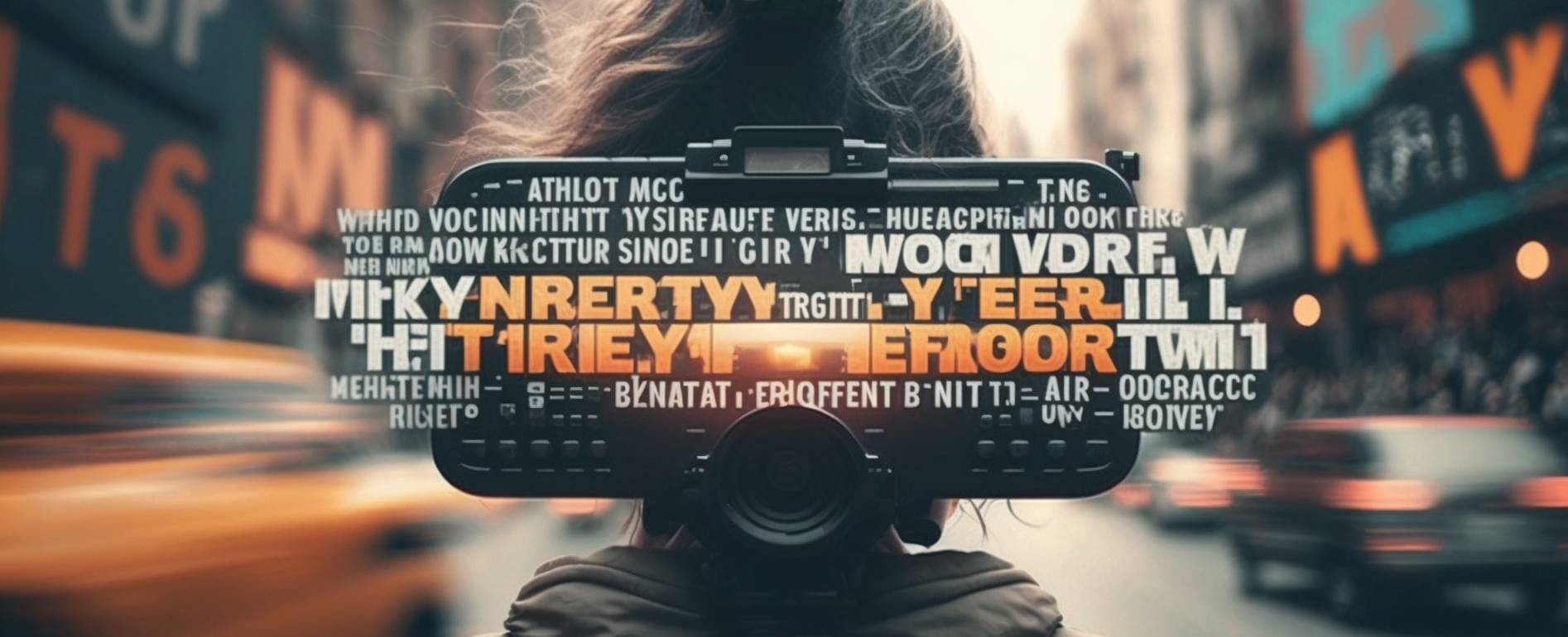
AI Text-to-Video is a technology that can generate realistic videos from plain text inputs. It uses deep learning models to analyze the text and synthesize images, audio, and motion that match the content and style of the input. AI Text-to-Video has many potential applications in various domains, such as education, entertainment, marketing, and journalism.
How It Works
AI Text-to-Video typically involves three main steps: text analysis, video synthesis, and video editing.
Text analysis: This step aims to extract the semantic meaning and structure of the text input, such as the topic, keywords, entities, events, actions, emotions, and tone. It also identifies the type and genre of the text, such as news article, story, script, or instruction. Text analysis can use natural language processing (NLP) techniques such as parsing, named entity recognition, sentiment analysis, and text summarization.
Video synthesis: This step aims to generate realistic images, audio, and motion that correspond to the text input. It can use generative adversarial networks (GANs), which are a type of neural network that can create realistic images from noise or latent vectors. Video synthesis can also use other techniques such as style transfer, image inpainting, face swapping, lip syncing, and voice cloning.
Video editing: This step aims to assemble the generated images, audio, and motion into a coherent and smooth video that matches the text input. It can use video editing techniques such as cropping, resizing, stitching, blending, transitions, effects, and subtitles.
When We Can Expect to See It.
AI Text-to-Video is still an emerging technology that faces many challenges and limitations. Some of the current challenges include:
Data scarcity: There is a lack of large-scale and high-quality datasets that pair text inputs with corresponding videos. This makes it difficult to train robust and generalizable models that can handle diverse and complex text inputs.
Quality and diversity: The generated videos often suffer from low resolution, artifacts, blurriness, inconsistency, or lack of realism. They also tend to be biased or repetitive due to the limited diversity of the training data.
Ethics and privacy: The generated videos can pose ethical and privacy issues such as misinformation, deception, manipulation, impersonation, or infringement. There is a need for proper regulation and verification mechanisms to prevent misuse or abuse of the technology.
Despite these challenges, AI Text-to-Video has made significant progress in recent years thanks to the advances in deep learning models and hardware. Some of the existing examples of AI Text-to-Video include:
Synthesia: A platform that allows users to create videos from plain text in minutes. It uses AI to generate realistic avatars that can speak any language and deliver any message. Synthesia.io
Pictory: Make Jaw-Dropping Sales Videos Out of Scripts.
With Pictory’s cutting-edge A.I., video marketing is painless, giving you more time to focus on your campaigns and business. Make videos using scripts and either narrate them yourself or use one of their incredibly lifelike AI voices. No More Looking For Stock Footage, as over 3 million royalty-free clips and photos, together with over 15,000 audio files, are automatically selected. Pictory.ai
How It Will Change Our Lives
AI Text-to-Video has the potential to change our lives in many ways by enabling new forms of communication, expression, education, entertainment, marketing, and journalism. Some of the possible benefits and impacts of AI Text-to-Video include:
Communication: AI Text-to-Video can make communication more engaging and accessible by allowing users to create personalized and interactive videos with ease. It can also help users overcome language barriers by translating text into videos in different languages.
Expression: AI Text-to-Video can enhance expression and creativity by allowing users to create videos from their imagination or inspiration. It can also help users share their stories or opinions with more impact and emotion.
Education: AI Text-to-Video can improve education and learning by allowing teachers and students to create videos for teaching or studying purposes. It can also help learners visualize complex concepts or scenarios with more clarity and detail.
Entertainment: AI Text-to-Video can enrich entertainment and gaming by allowing users to create videos for fun or enjoyment. It can also help users explore new genres or styles of video content with more variety and novelty.
Marketing: AI Text-to-Video can boost marketing and advertising by allowing businesses and brands to create videos for promoting or selling their products or services. It can also help businesses reach more customers or audiences with more personalized and relevant video content.
